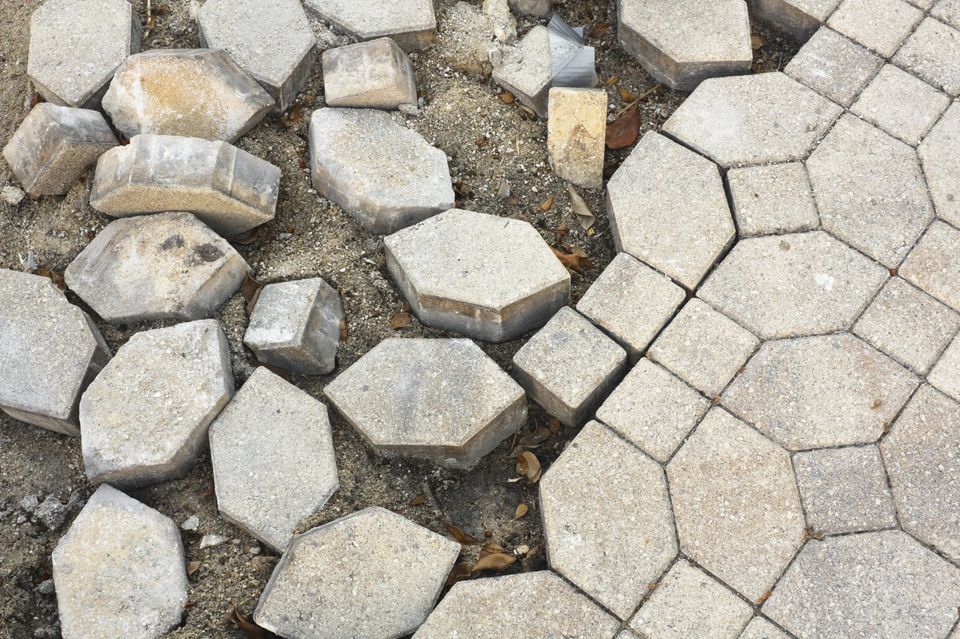Need a Driveway?
3 Simple Driveway Expansion Options
1. Carve out a parking pad
The easiest, most affordable way to get an extra parking space is to clear out some grass and throw down mulch. It works fine, looks good and can be done in a day.
But beware: Mulch isn’t a permanent solution. Mulch breaks down over time, floats away in a heavy rain and fades in the sun. Over time, you may end up spending more money sprucing up the mulch than you would have pouring concrete in the first place.
Be sure to use a store-bought landscape barrier, or even lay down newspaper to prevent weeds.
If mulch seems too temporary, consider other loose materials like gravel, stones or crushed oyster shells.
2. Build a DIY driveway with pavers
A more solid parking option is a concrete or brick paver driveway. It can be installed either professionally or DIY. Thousands of videos online show the steps and all the tricks of the trade. It’s really quite simple:
- Excavate the area to be paved.
- Install a base material, such as crushed concrete, at a thickness of a few inches.
- Pack down the base material with a compactor, making sure to slope it as desired.
- Install a thin layer of sand on top of the base material.
- Install paver blocks on the sand layer, laying them in place in the pattern of your choice.
- Install a border row of bricks along the edges, and back that row with a poured concrete edge restraint, which will keep things from moving outward.
- Put another layer of sand on top of the finished surface and broom it into the joints between the bricks.
When installed properly, a paver driveway can last for decades.
3. Go with classic concrete
Finally, there is the tried-and-true concrete driveway. There’s a reason concrete is still the most common driveway product in the world: It looks good, doesn’t cost a fortune and lasts a very long time.
There are fewer steps to pouring a concrete parking area than there is to installing pavers, but it’s not quite as beginner-friendly. If you’ve never poured concrete before, it’s a good idea to start with a smaller area, such as a sidewalk, before tackling a large area. As a bonus, with the global increase in road construction/maintenance the demand for asphalt has made concrete driveways similar in price while looking much better!
Stay in touch






























